Home>Garden Essentials>How Long Do Aerogarden Seed Pods Last
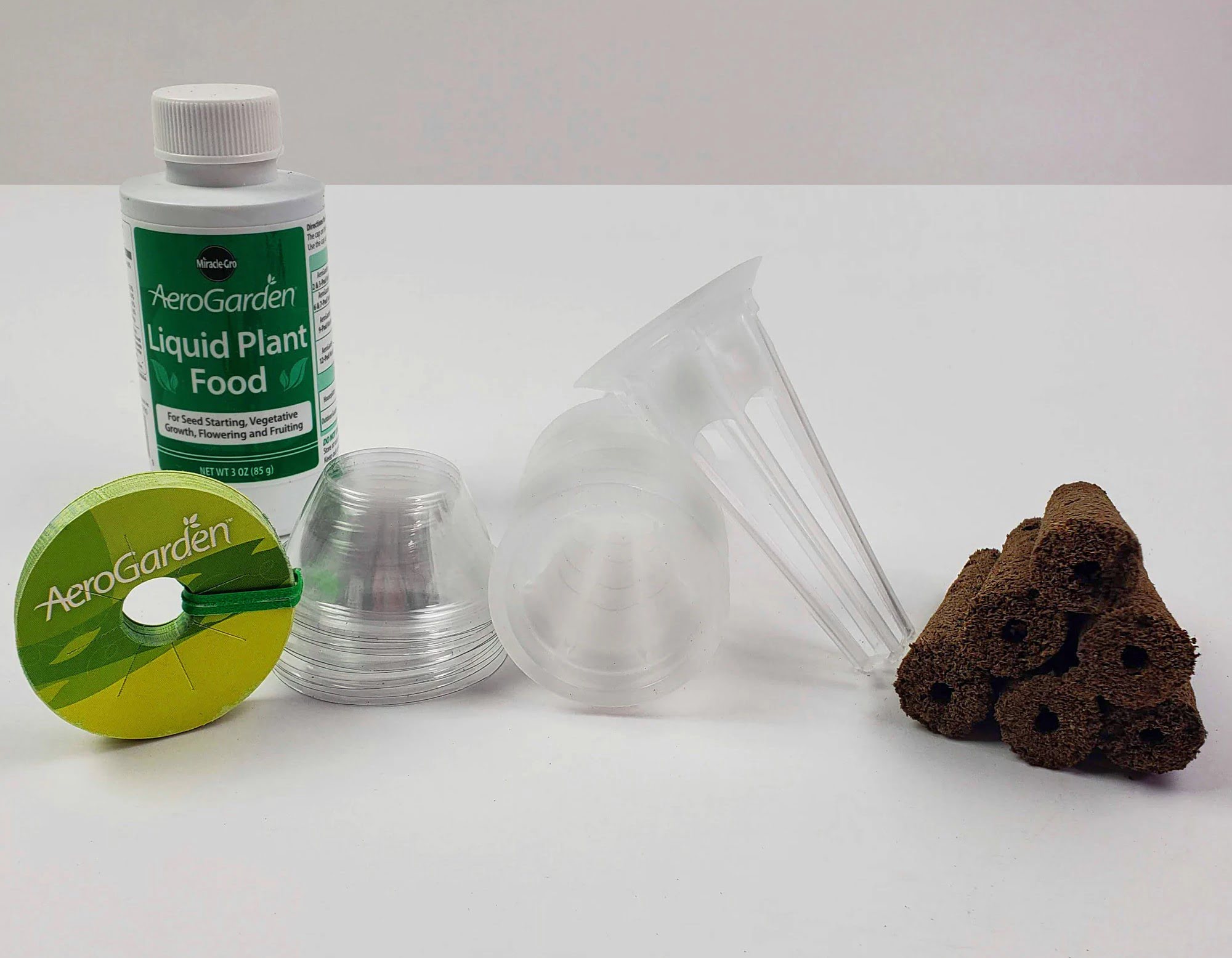

Garden Essentials
How Long Do Aerogarden Seed Pods Last
Modified: March 15, 2024
Learn how long Aerogarden seed pods last and ensure the longevity of your garden. Discover expert tips and tricks to maximize your garden's lifespan.
(Many of the links in this article redirect to a specific reviewed product. Your purchase of these products through affiliate links helps to generate commission for Storables.com, at no extra cost. Learn more)
Introduction
Welcome to the world of gardening, where nature thrives and beauty blooms. If you’re a plant lover looking to bring the joy of gardening indoors, you’ve come to the right place. In this article, we will explore the fascinating world of Aerogarden seed pods and delve into their lifespan.
Gardening has always been a popular hobby, allowing people to connect with nature and cultivate their own little oasis. However, not everyone has the luxury of outdoor space or the time to maintain a traditional garden. This is where Aerogarden comes to the rescue.
So, what exactly is an Aerogarden? In simple terms, it is a compact indoor gardening system that uses hydroponics to grow plants without soil. These innovative devices are equipped with built-in LED lights, water reservoirs, and automated controls to create the perfect growing environment for your plants.
One of the key components of an Aerogarden is the seed pods. These pods are pre-packaged containers that hold the plant seeds and a growth medium, providing everything the plant needs to sprout and flourish. Each seed pod is carefully formulated with the ideal balance of nutrients, ensuring optimal growth and yields.
Understanding the lifespan of Aerogarden seed pods is essential for successful gardening. It helps you plan and make informed decisions about when to replace old pods and introduce new ones to the system. In the following sections, we will explore the factors that affect the lifespan of seed pods and how to identify when they need to be replaced. So, let’s dive in!
Key Takeaways:
- Aerogarden seed pods typically last 1-2 years when stored properly, but factors like plant variety and growth stage can affect their lifespan. Keep an eye out for signs of expiration to ensure healthy plant growth.
- To extend the lifespan of Aerogarden seed pods, store them properly, monitor plant health, provide optimal growing conditions, and practice good maintenance. Enjoy the rewards of indoor gardening with vibrant, thriving plants!
Read more: How Long To Germinate Aerogarden
What is an Aerogarden?
An Aerogarden is a revolutionary indoor gardening system that allows you to grow a wide variety of plants in the comfort of your own home. Whether you’re a seasoned green thumb or a newbie to gardening, Aerogarden makes it easy to cultivate lush, thriving plants all year round.
The concept of Aerogarden is based on the principles of hydroponics, a method of growing plants without soil. Instead of traditional gardening methods, plants in an Aerogarden are grown in a nutrient-rich water solution, providing them with the essential minerals they need for healthy growth.
The key feature of an Aerogarden is its compact and self-contained design. The system typically consists of a base unit, which houses the water reservoir and a pump, and a stackable tray or pod holder, where the seed pods are placed. The seed pods themselves are pre-packaged containers that hold the plant seeds and a growth medium, such as rockwool or sponge-like material.
What sets Aerogarden apart from traditional gardening is its use of advanced technology to create the perfect growing conditions. The system is equipped with energy-efficient LED lights that mimic the natural spectrum of sunlight, providing the plants with the right amount of light for photosynthesis. The light is adjustable, allowing you to customize the intensity and duration based on the specific needs of your plants.
In addition to lighting, Aerogarden also takes care of watering and nutrient delivery. The system utilizes a pump to circulate water from the reservoir to the roots of the plants, ensuring they receive a constant supply of moisture. The water contains a specially formulated blend of nutrients that are essential for plant growth, eliminating the need for traditional fertilizers.
With its easy-to-use controls and automated features, Aerogarden takes the guesswork out of gardening. The system is designed to provide optimal growing conditions, making it virtually foolproof for even the most inexperienced gardeners. Whether you want to grow fresh herbs, crisp salad greens, or vibrant flowers, an Aerogarden can help you achieve stunning results in a fraction of the time it takes with traditional methods.
Now that you have a better understanding of what an Aerogarden is, let’s explore the fascinating world of seed pods and their role in this innovative gardening system.
Understanding Seed Pods
In an Aerogarden, seed pods are the heart and soul of your indoor garden. They come in a variety of options, from herbs and salad greens to flowers and vegetables, allowing you to grow a diverse range of plants to suit your tastes and preferences.
The seed pods are designed to simplify the planting process, making it easy for even beginner gardeners to get started. Each pod is pre-packaged and contains everything the plant needs to germinate and grow—seeds, a growth medium, and a carefully balanced blend of nutrients.
A typical seed pod consists of a biodegradable material, such as rockwool or a peat-based mixture, that acts as a growing medium. This medium retains moisture and provides stability for the seeds to take root and grow. It offers a sterile environment, reducing the risk of disease or pests affecting the plants.
Within the seed pod, the seeds are strategically placed at the ideal depth and spacing for optimal growth. This ensures that each plant has enough space and nutrients to thrive without competing with neighboring plants. The seeds are of high quality and specially selected to ensure germination and robust growth.
In addition to the seeds and growth medium, the seed pods also contain a proprietary blend of nutrients that are vital for plant development. These nutrients are carefully formulated to meet the specific needs of each plant variety, ensuring they receive the right balance of macronutrients and micronutrients at each growth stage. This eliminates the need for regular fertilization and simplifies the care routine of your Aerogarden.
When you plant the seed pods in your Aerogarden, all you need to do is fill the water reservoir, insert the pods into the pod holder or tray, and let nature take its course. The system automatically provides the necessary light, water, and nutrients, creating the optimal growing environment for your plants.
Seed pods are not only convenient but also offer a high success rate in germination and growth. They have been tested and developed by horticulture experts to ensure consistent and reliable results. You can trust that your seed pods will provide you with healthy and thriving plants, ready to be harvested and enjoyed.
Now that you have a good understanding of seed pods, let’s explore some of the factors that can affect their lifespan and how to identify when it’s time to replace them in your Aerogarden.
Factors Affecting Seed Pod Lifespan
The lifespan of seed pods in an Aerogarden can vary depending on several factors. Understanding these factors can help you make informed decisions about when to replace old pods and ensure the optimal growth of your plants. Here are some key factors that can affect the lifespan of seed pods:
- Plant Variety: Different plants have different growth rates and lifespans. Some plants, like herbs, have shorter lifespans and may need to be replaced more frequently, while others, like flowers or vegetables, may last longer before needing replacement. Be aware of the specific needs and growth habits of each plant variety you are growing in your Aerogarden.
- Growth Stage: Seed pods go through different growth stages, including germination, vegetative growth, and flowering/fruiting. The lifespan of a pod may be shorter during the initial stages of growth as the plant establishes its root system and begins to sprout. Once the plant reaches the vegetative stage, the pod may last longer since the plant has a more established root system and requires less energy for initial growth.
- Light Exposure: Adequate light is crucial for plant growth and photosynthesis. In an Aerogarden, the built-in LED lights provide the necessary light spectrum for the plants. However, over time, the intensity of the lights may decrease, affecting plant growth. Regularly check the light levels and consider replacing the lights if they appear dim or if your plants are not growing as expected.
- Nutrient Depletion: As plants grow, they absorb nutrients from the water solution in the Aerogarden. Over time, the nutrient levels in the water may decrease, affecting the overall health and lifespan of the seed pods. It is important to monitor the nutrient levels and replenish them as needed to ensure optimal plant growth and pod longevity.
- Pest or Disease Infestation: Even though Aerogardens are designed to minimize the risk of pests and diseases, it is still possible for plants to be affected. Check your plants regularly for signs of pests, such as aphids or fungus gnats, and address the issue promptly. Infected plants or pods may need to be removed and replaced to prevent the spread of the infestation.
By considering these factors and monitoring the health and growth of your plants, you can gauge the lifespan of your seed pods and determine when it’s time to replace them. Next, let’s explore the average shelf life of Aerogarden seed pods to give you an idea of how long they can typically last.
Aerogarden seed pods typically last for about 6-9 months, depending on the type of plant. After this time, the pods may start to degrade and lose their effectiveness, so it’s best to replace them for optimal growth.
Shelf Life of Aerogarden Seed Pods
The shelf life of Aerogarden seed pods refers to the recommended timeframe in which the pods are expected to retain their optimal germination and growth potential. While the exact shelf life can vary depending on factors such as plant variety and storage conditions, there are general guidelines to keep in mind.
On average, Aerogarden seed pods have a shelf life of 1 to 2 years when stored properly. This means that the seeds in the pods have a high germination rate and the nutrients are still potent during this timeframe.
However, it’s important to note that the shelf life of the seed pods is different from the lifespan of the pods once they are planted in the Aerogarden. The shelf life refers to the time from when the pods are produced until they are planted, whereas the lifespan of the seed pod in the Aerogarden depends on factors like plant type, growth stage, and environmental conditions.
To maximize the shelf life of your Aerogarden seed pods, it’s essential to store them in the recommended conditions. Ideally, you should keep the seed pods in a cool, dry place away from direct sunlight. Extreme temperatures, high humidity, and exposure to light can all shorten the shelf life of the pods.
It’s also worth noting that some plant varieties may have different shelf lives than others. For example, fast-growing herbs like basil or dill may have a shorter shelf life compared to slower-growing vegetables like tomatoes or peppers. Checking the packaging or manufacturer’s instructions for specific shelf life information is always a good practice.
If you have seed pods that have been stored for an extended period beyond their recommended shelf life, it’s still worth a try to plant them in your Aerogarden. While the germination rate and growth potential may decline, some seeds may still sprout successfully. Monitoring the growth and health of the plants will help you determine if the older seed pods are still viable.
Understanding the shelf life of Aerogarden seed pods can help you plan your indoor gardening activities and ensure that you have fresh pods on hand when needed. In the next section, we will explore the signs that may indicate your seed pods have expired and need to be replaced.
Read more: How Long Do Caraway Seeds Last
Signs of Expired Seed Pods
Just like any other gardening supplies, Aerogarden seed pods have a limited lifespan. Over time, the viability of the seeds and the effectiveness of the nutrients in the pod can decrease. Therefore, it’s important to be aware of the signs that may indicate your seed pods have expired and need to be replaced. Here are some common indicators:
- No Germination: The most obvious sign that your seed pods have expired is if there is no germination after the recommended timeframe. If you’ve followed the instructions, provided the necessary light, water, and nutrients, and there’s no sign of sprouting within the expected germination period, it may indicate that the seeds are no longer viable.
- Poor Germination Rate: If only a few of the seeds in the pod germinate and the rest fail to sprout, it could be a sign of expired seed pods. Healthy pods typically have a high germination rate, with most or all of the seeds sprouting within the expected timeframe. If you notice a significantly lower germination rate, it may be time to replace the pods.
- Unhealthy Seedlings: Even if the seeds successfully germinate, expired seed pods may produce weak and unhealthy seedlings. If the plants appear stunted, have yellowing leaves, or show signs of nutrient deficiency despite proper care, it could indicate that the nutrients in the pod are no longer effective. Replacing the pods will provide the plants with fresh nutrients necessary for healthy growth.
- Mold or Fungal Growth: If you notice mold or fungal growth on the seed pod, it is a clear sign of expiration. Mold and fungi can hinder the growth of the plants and potentially lead to disease or rot. It’s important to discard any pods showing signs of mold or fungi and replace them with fresh ones to maintain a healthy growing environment.
- Expired Shelf Life: If you’ve kept the seed pods beyond their recommended shelf life, there’s a higher chance that they have expired. The viability of the seeds and the potency of the nutrients may decrease over time, leading to poor or no growth. Checking the expiration date or shelf life of the seed pods before planting can help you avoid using expired ones.
These signs can help you determine when it’s time to replace your Aerogarden seed pods. Remember to keep track of the germination rates, growth patterns, and any abnormalities in your plants to make informed decisions. In the next section, we will explore some tips to extend the lifespan and maximize the potential of your seed pods.
Extending the Lifespan of Seed Pods
While the lifespan of Aerogarden seed pods is limited, there are steps you can take to help extend their longevity and ensure successful growth. By following these tips, you can get the most out of your seed pods and enjoy a thriving indoor garden for a longer period of time:
- Proper Storage: Before planting your seed pods, store them in a cool, dry place away from direct sunlight. Extreme temperatures and exposure to light can reduce the viability of the seeds and the potency of the nutrients. Keeping them in their original packaging or sealed containers can help maintain their freshness and extend their shelf life.
- Regular Monitoring: Keep a close eye on your plants and monitor their growth regularly. Check for any signs of stress, nutrient deficiency, or pest infestation. By addressing any issues promptly, you can prevent further damage and potentially extend the lifespan of your seed pods.
- Optimal Growing Conditions: Provide the ideal growing conditions for your plants to maximize the lifespan of the seed pods. Ensure proper lighting by regularly checking and adjusting the intensity and duration of the LED lights. Maintain the appropriate water level in the reservoir and replenish the nutrients as needed to support healthy growth.
- Pruning and Harvesting: Properly prune your plants to promote healthy growth and prevent overcrowding. Regularly harvest herbs, salad greens, or flowers to encourage continued production and avoid putting unnecessary strain on the seed pods. This will help the plants focus their energy on new growth rather than sustaining older parts.
- Cleaning and Maintenance: Regularly clean your Aerogarden system to prevent the buildup of algae, bacteria, or debris that can affect plant health. Follow the manufacturer’s instructions to clean the reservoir, pump, and other components. A clean and well-maintained system can contribute to the longevity of your seed pods.
By implementing these practices, you can help extend the lifespan of your Aerogarden seed pods, allowing you to enjoy vibrant and productive plants for a longer period. However, it’s important to remember that even with the best care, eventually, the seed pods will reach the end of their lifespan. Monitoring growth, observing signs of expiration, and replacing old pods when necessary will ensure the continued success of your indoor garden.
Now that you have a thorough understanding of seed pods, their lifespan, and how to maximize their potential, you’re better equipped to embark on your Aerogarden journey. Enjoy the pleasure and rewards of indoor gardening as you witness your plants thrive and flourish!
Note: It is important to refer to the specific instructions and guidelines provided by the manufacturer of your Aerogarden system for optimal care and maintenance of seed pods.
Conclusion
Indoor gardening with Aerogarden seed pods opens up a whole new world of possibilities for plant enthusiasts and gardening enthusiasts alike. With its innovative hydroponic system, energy-efficient LED lights, and automatic controls, Aerogarden provides a convenient and efficient way to grow a variety of plants right in your own home.
Through this article, we have explored the essentials of Aerogarden seed pods, understanding their role in the growth process, and the factors that can affect their lifespan. We have discussed the importance of proper storage, monitoring plant health, providing optimal growing conditions, and implementing good maintenance practices to extend the lifespan of the seed pods.
It’s crucial to be aware of the signs that indicate when a seed pod has expired or needs to be replaced. Poor germination rates, unhealthy seedlings, mold or fungal growth, and expired shelf life are all indicators that it’s time for fresh seed pods. By keeping an eye on these signs and addressing issues promptly, you can ensure the health and success of your indoor garden.
Remember to follow the specific instructions provided by the manufacturer for optimal care and maintenance of your Aerogarden system. Each variety of seed pod may have its unique requirements, so it’s important to stay informed and be attentive to the specific needs of your plants.
As you embark on your Aerogarden journey, enjoy the delight of witnessing your plants grow and flourish. Whether you’re growing fresh herbs for culinary delights, vibrant flowers to brighten up your space, or nutritious vegetables for a healthier lifestyle, Aerogarden seed pods provide a perfect foundation for your indoor gardening adventure.
So, let your green thumb thrive, and let the joy of gardening bloom in your own home with Aerogarden seed pods. Happy gardening!
Frequently Asked Questions about How Long Do Aerogarden Seed Pods Last
Was this page helpful?
At Storables.com, we guarantee accurate and reliable information. Our content, validated by Expert Board Contributors, is crafted following stringent Editorial Policies. We're committed to providing you with well-researched, expert-backed insights for all your informational needs.
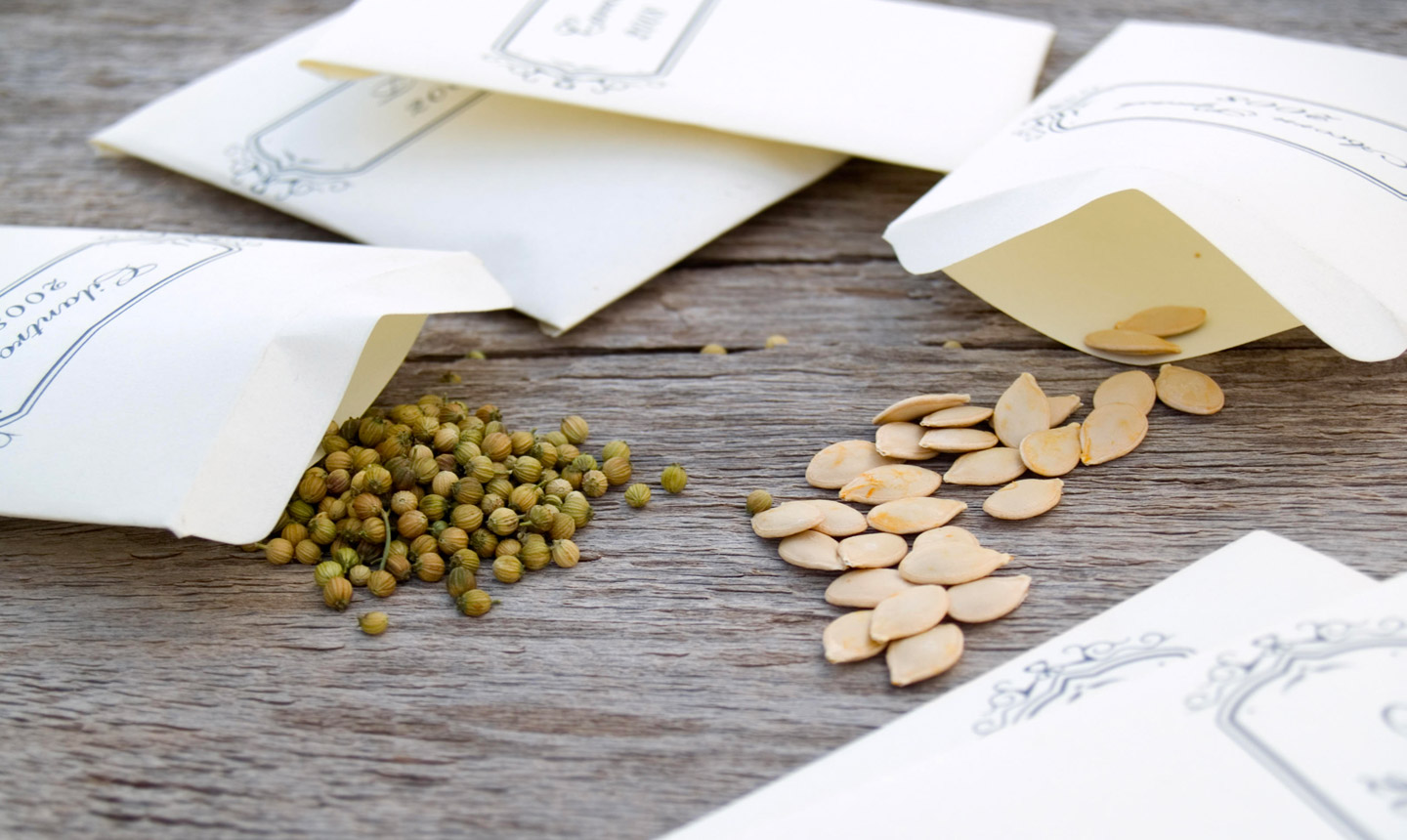
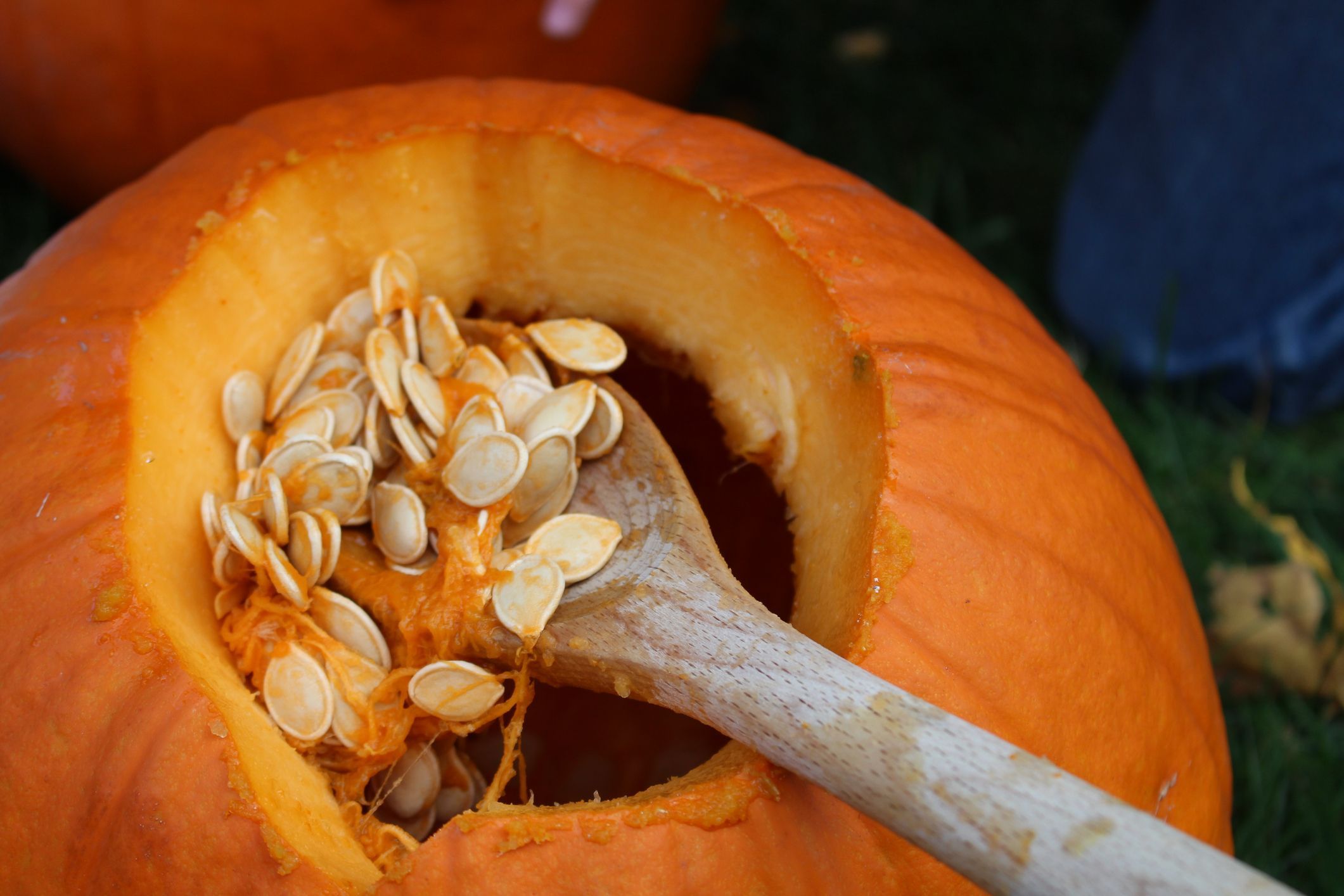
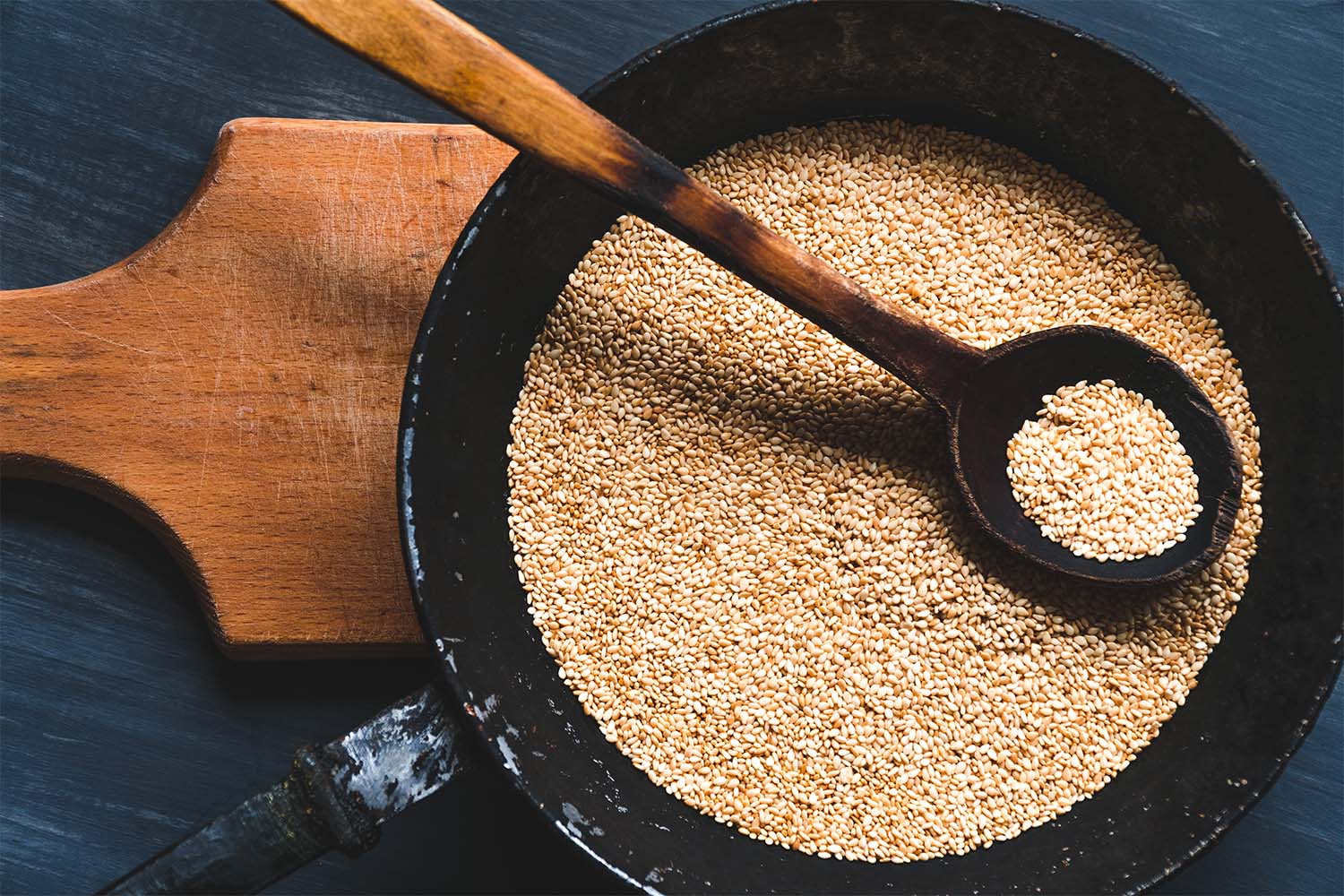
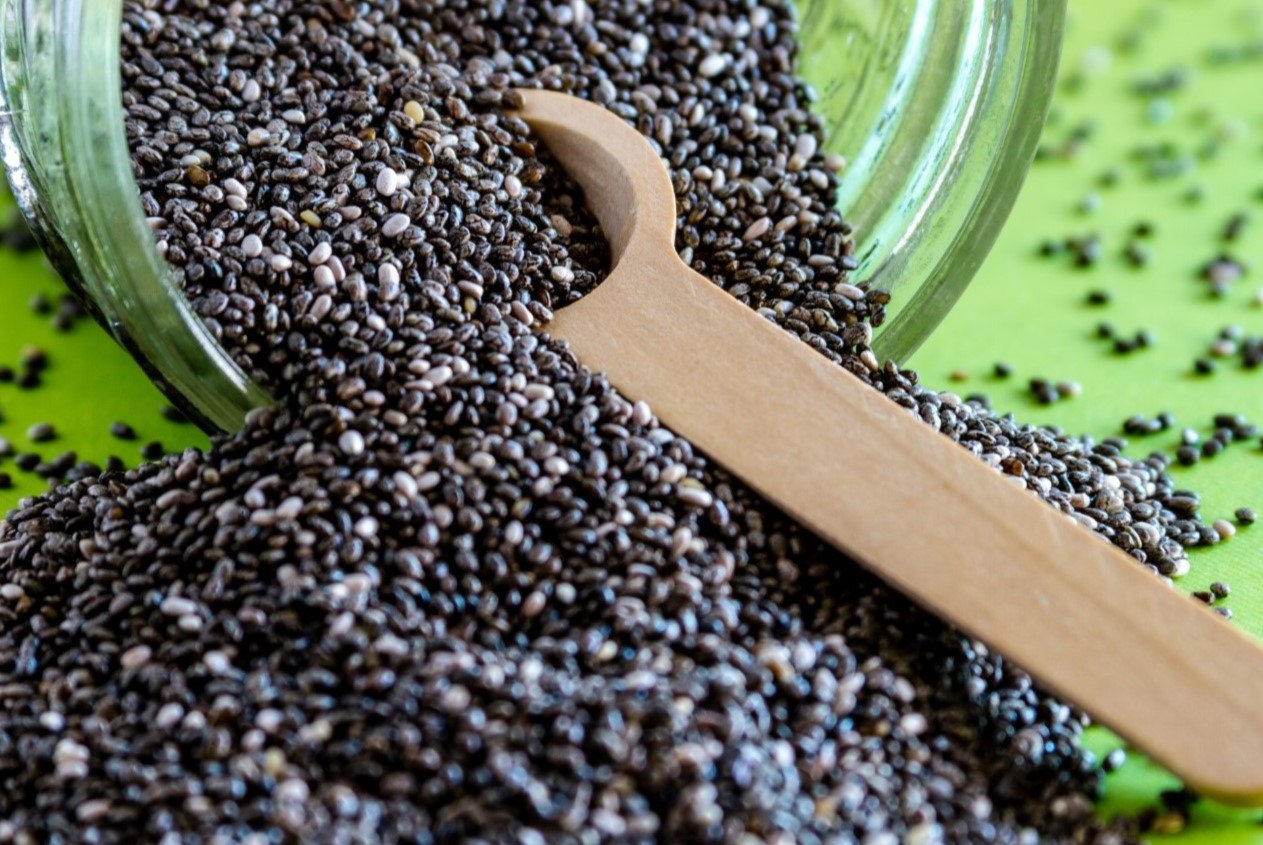
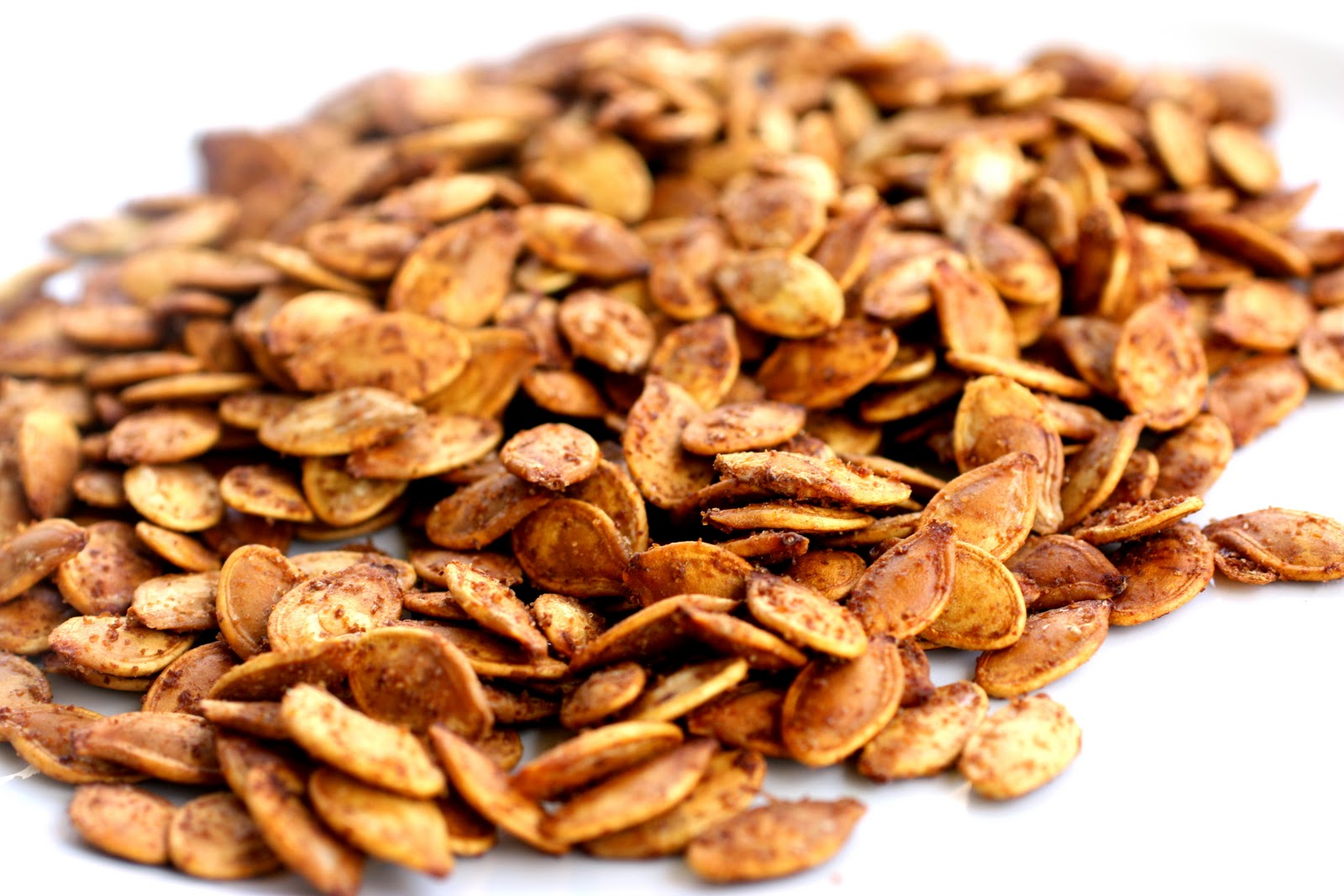
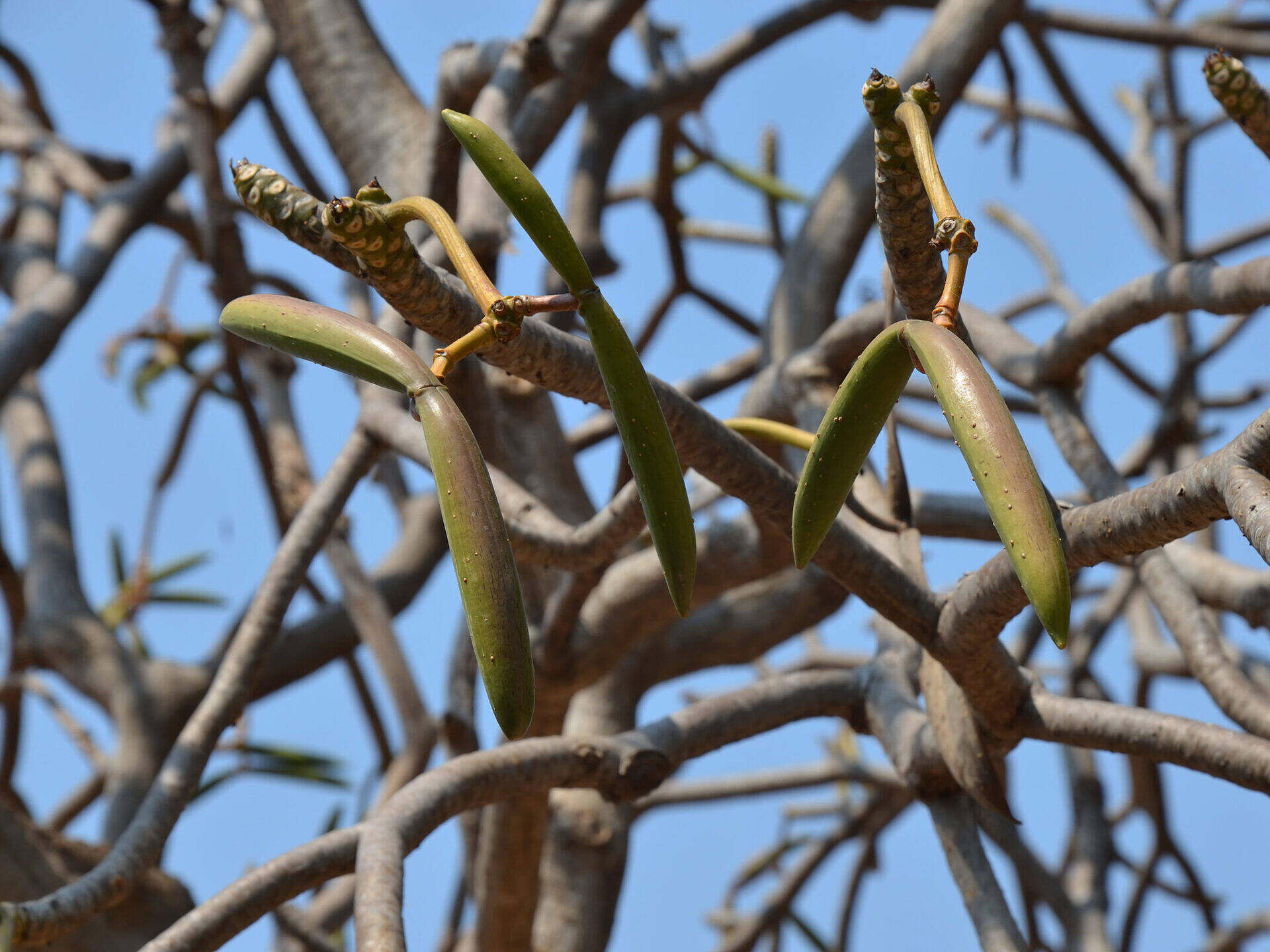
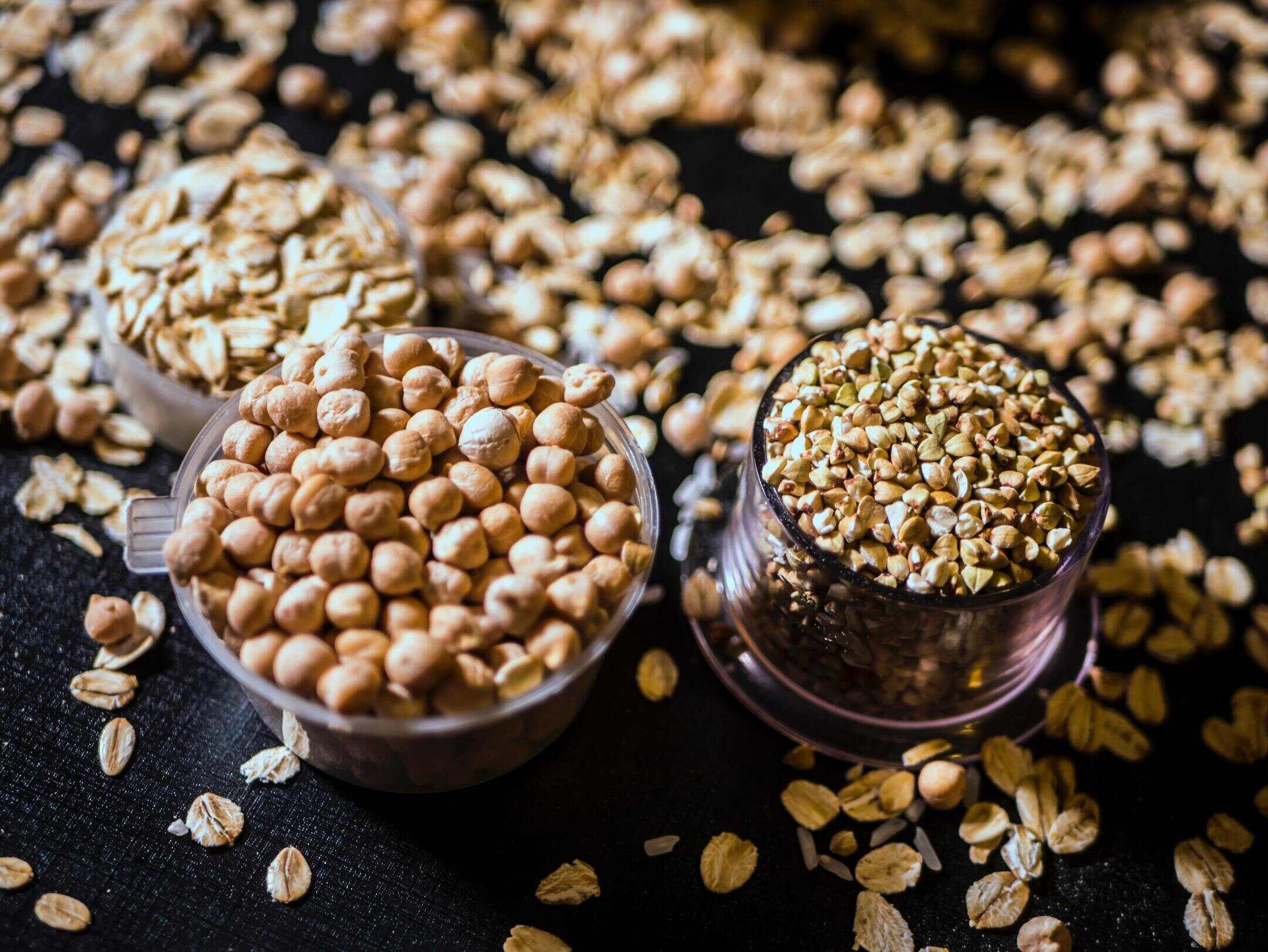
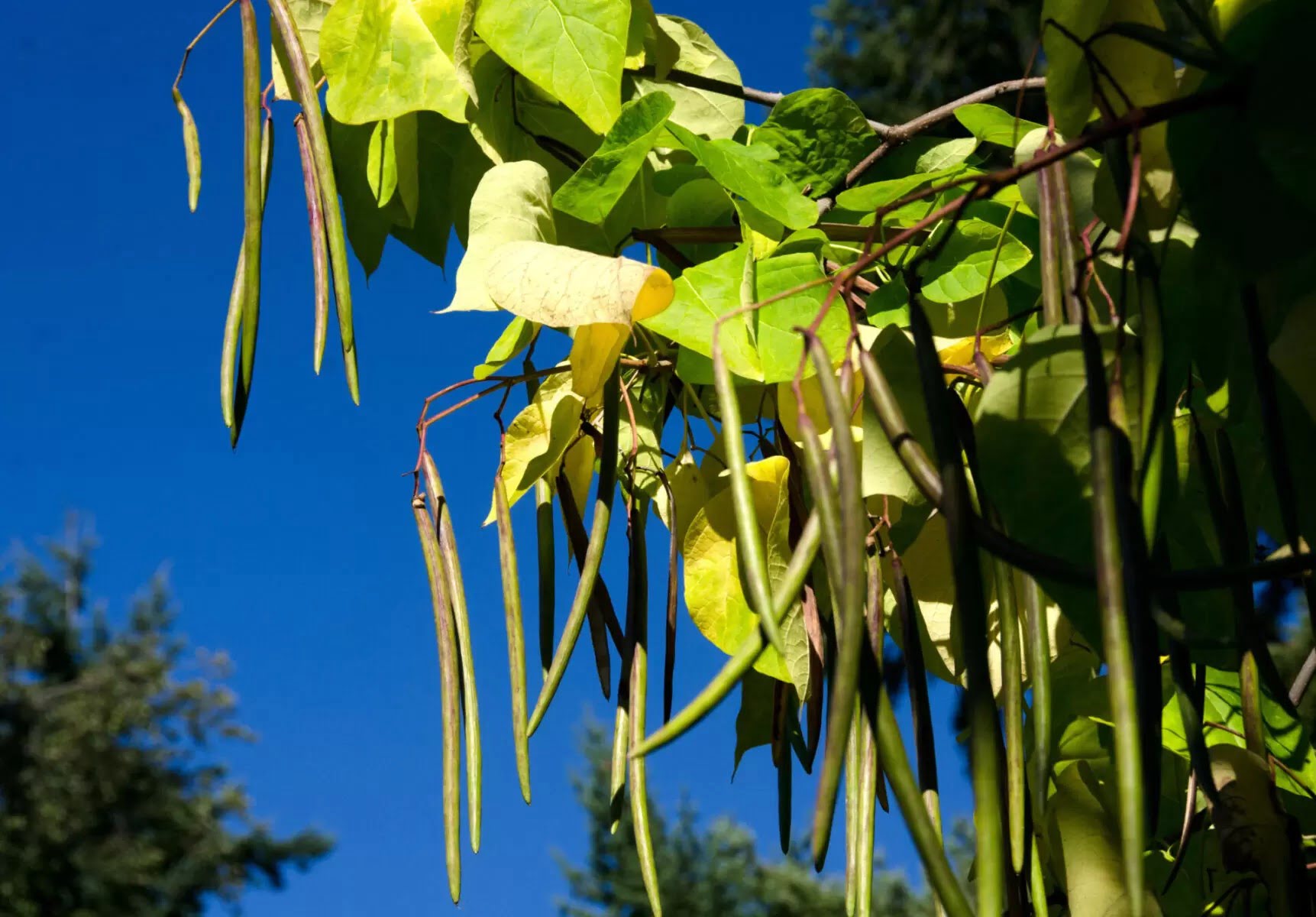
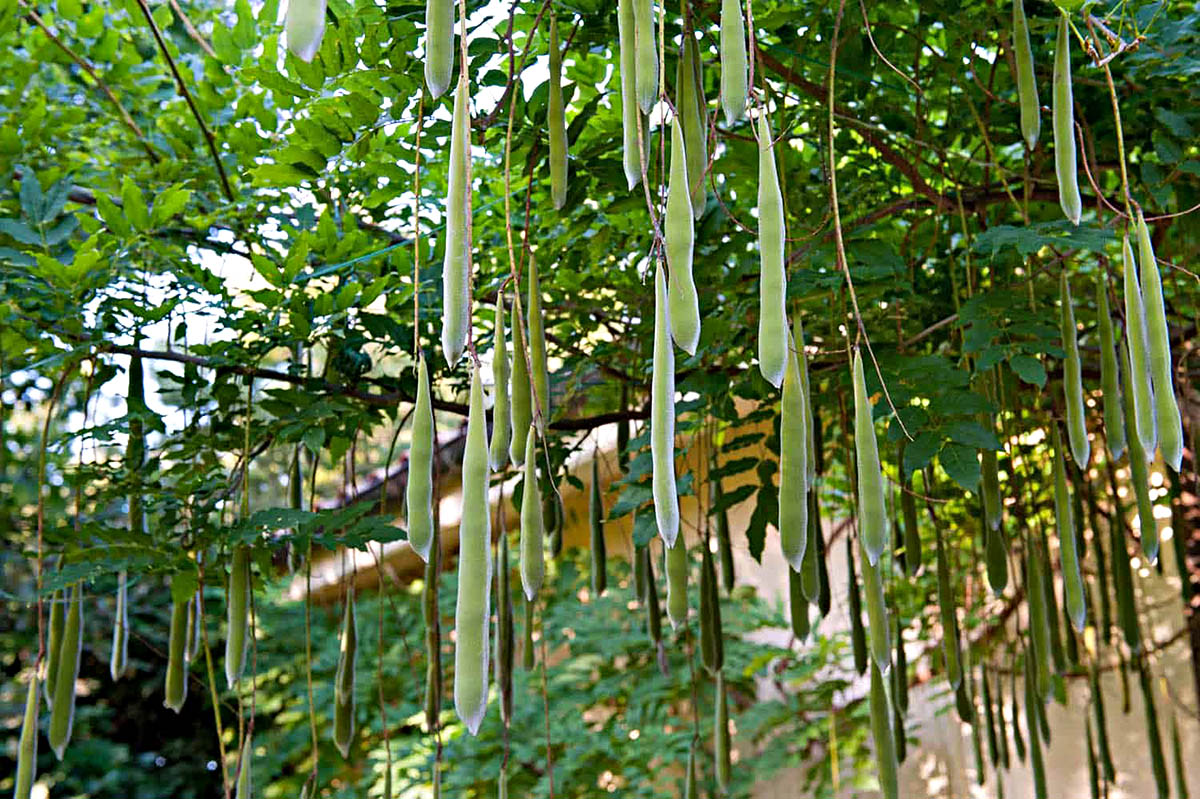
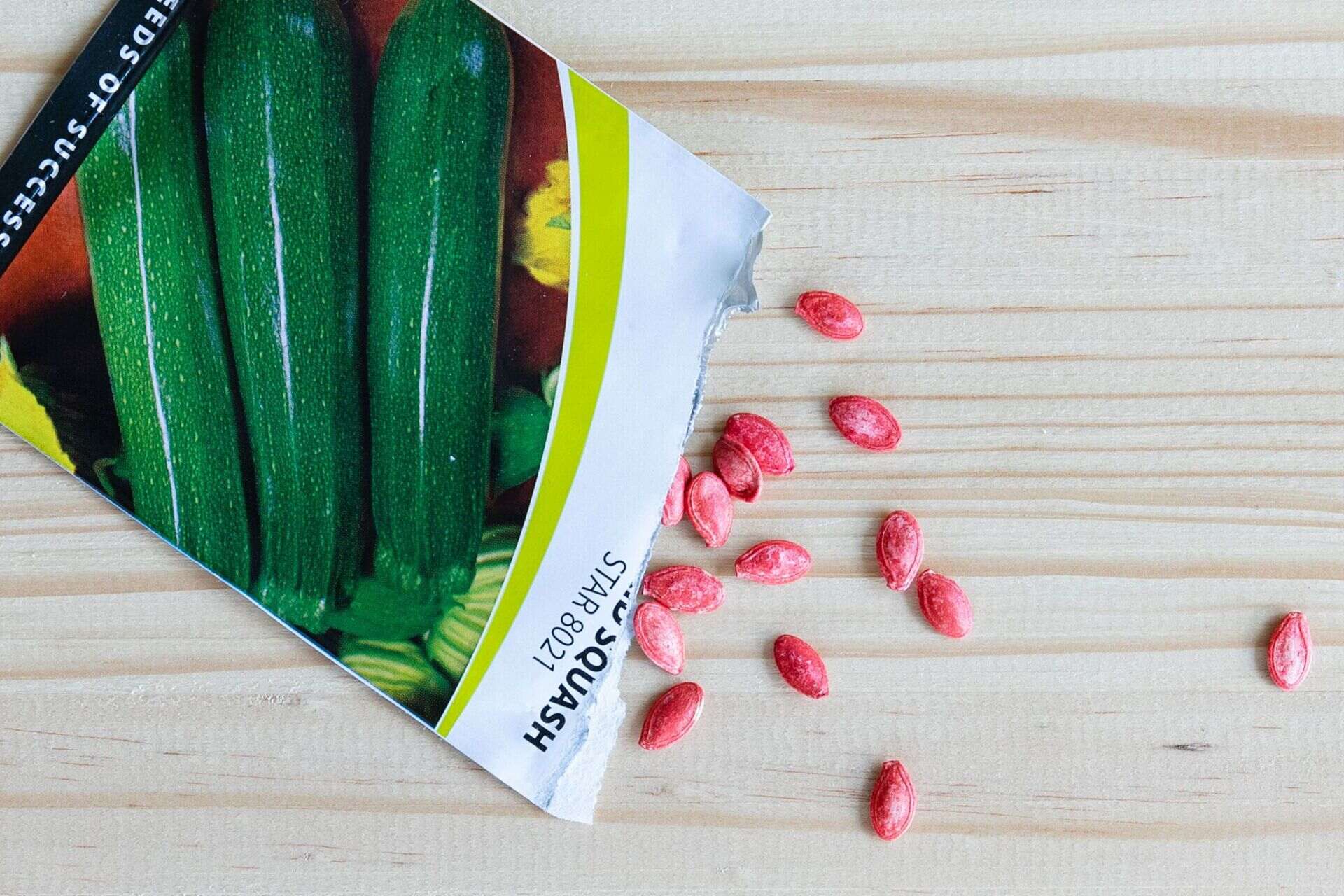
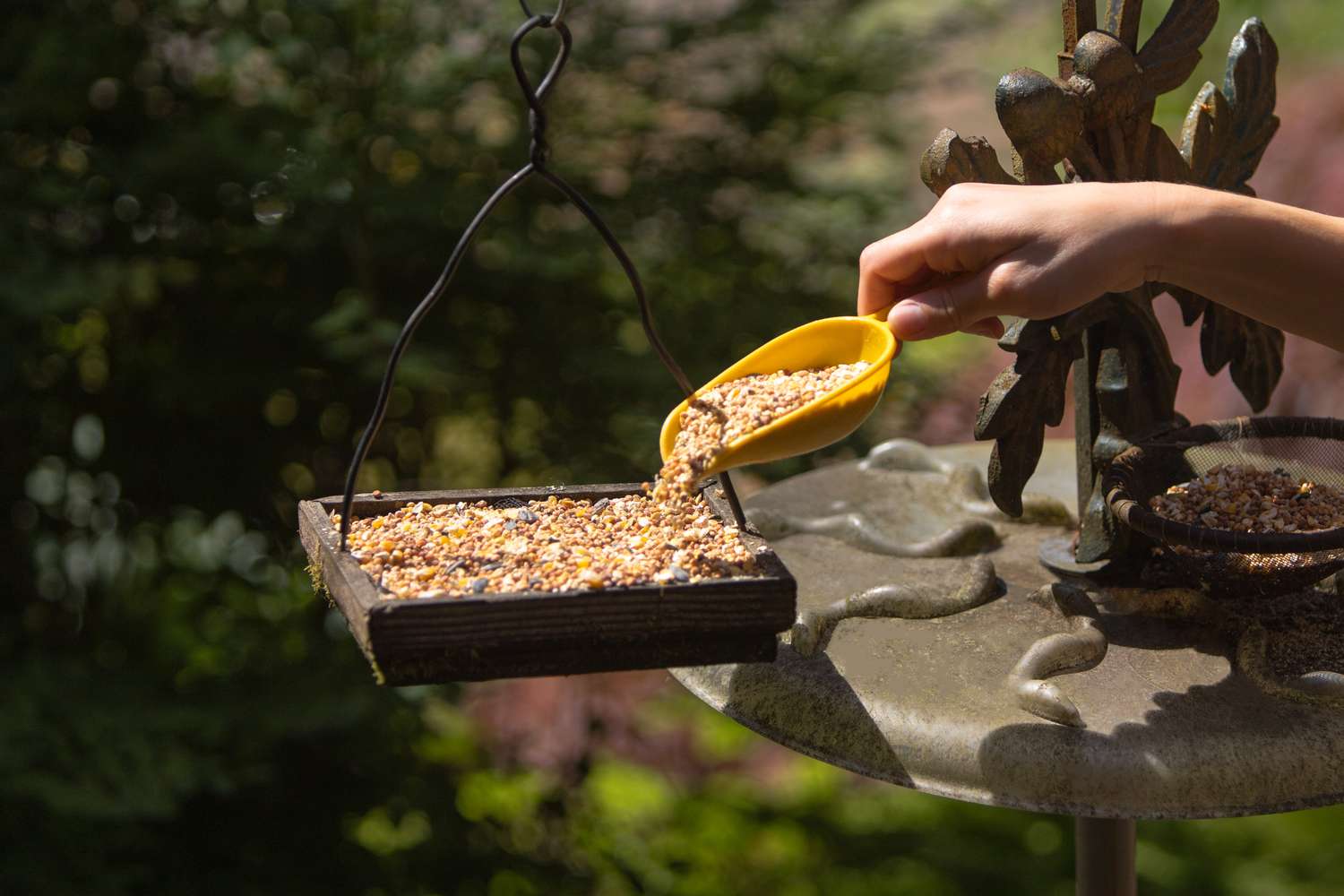
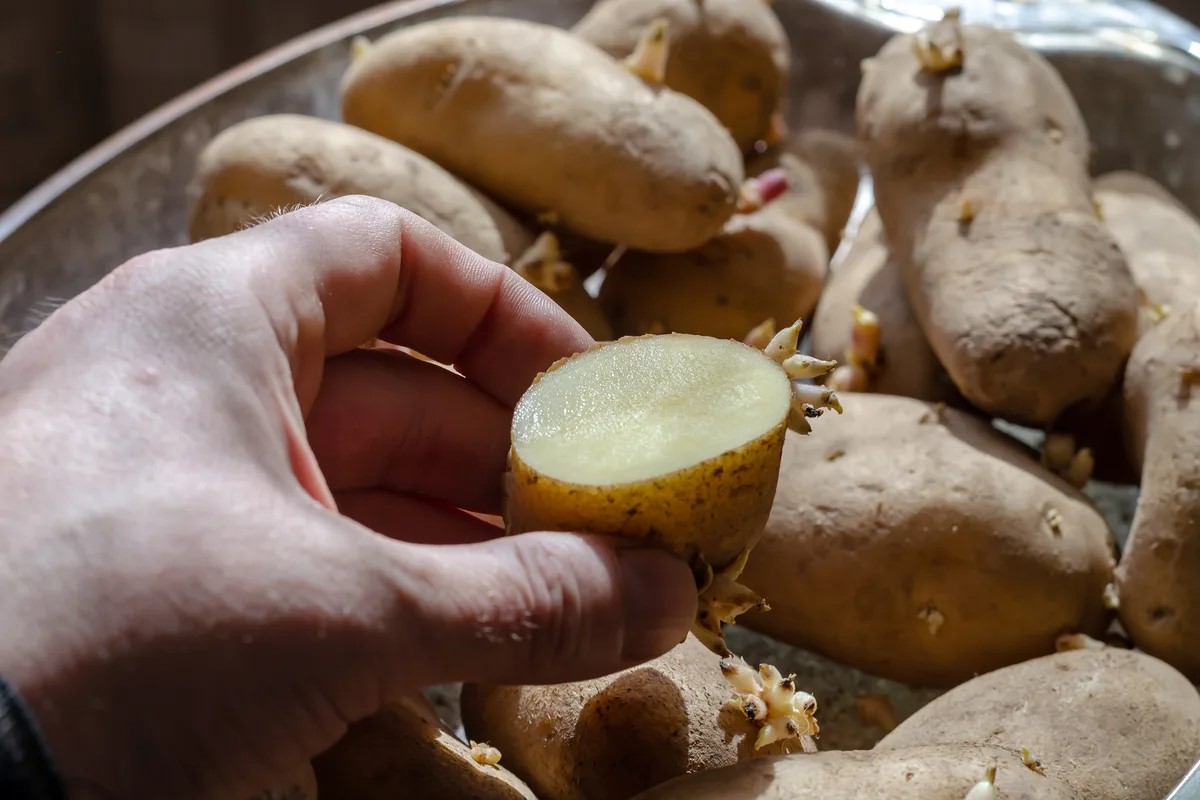
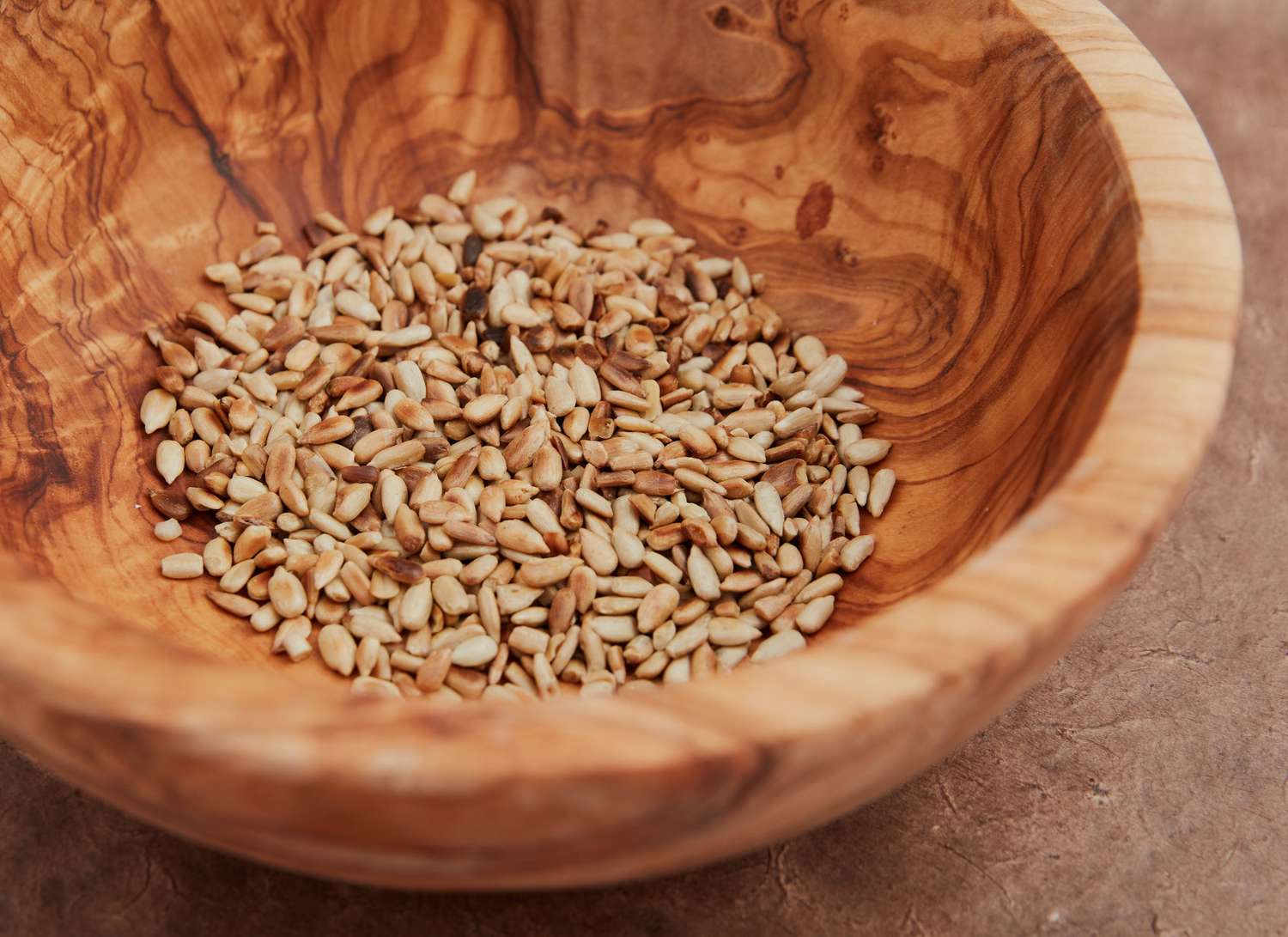


0 thoughts on “How Long Do Aerogarden Seed Pods Last”